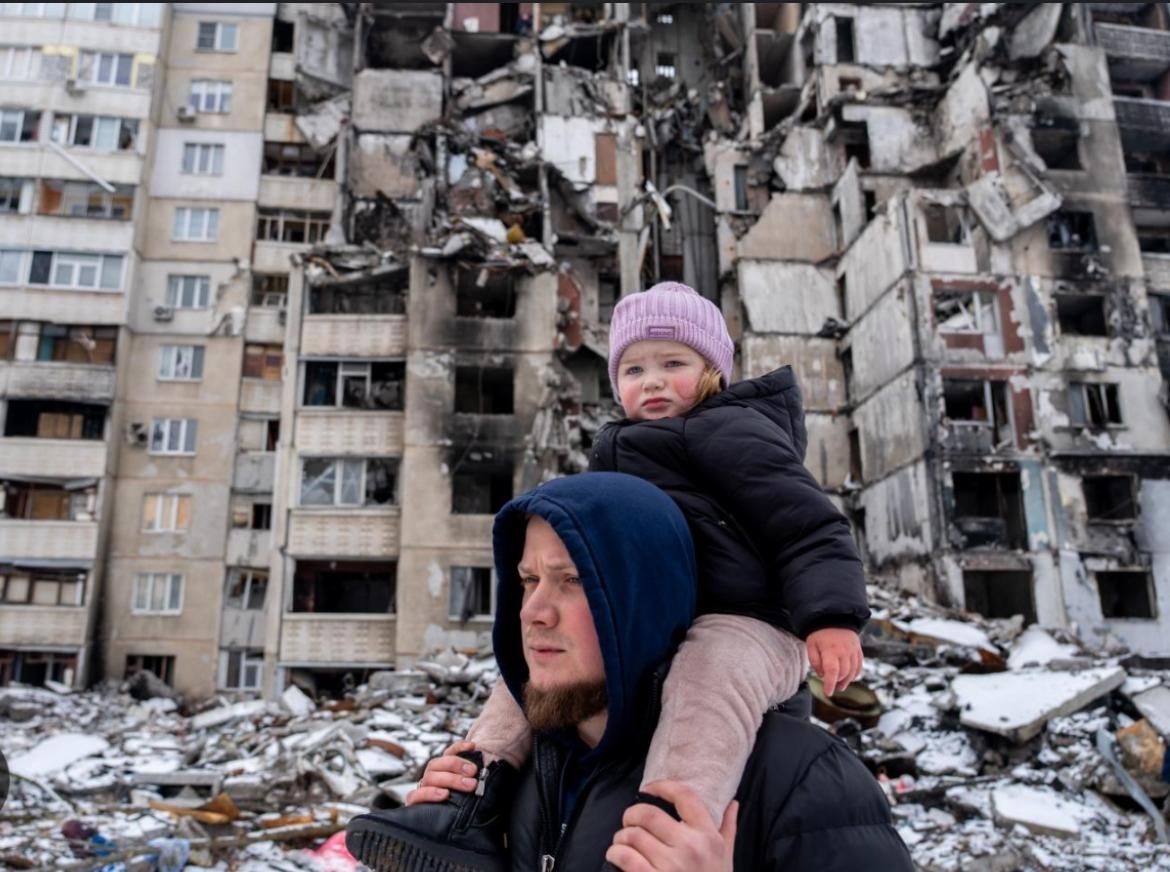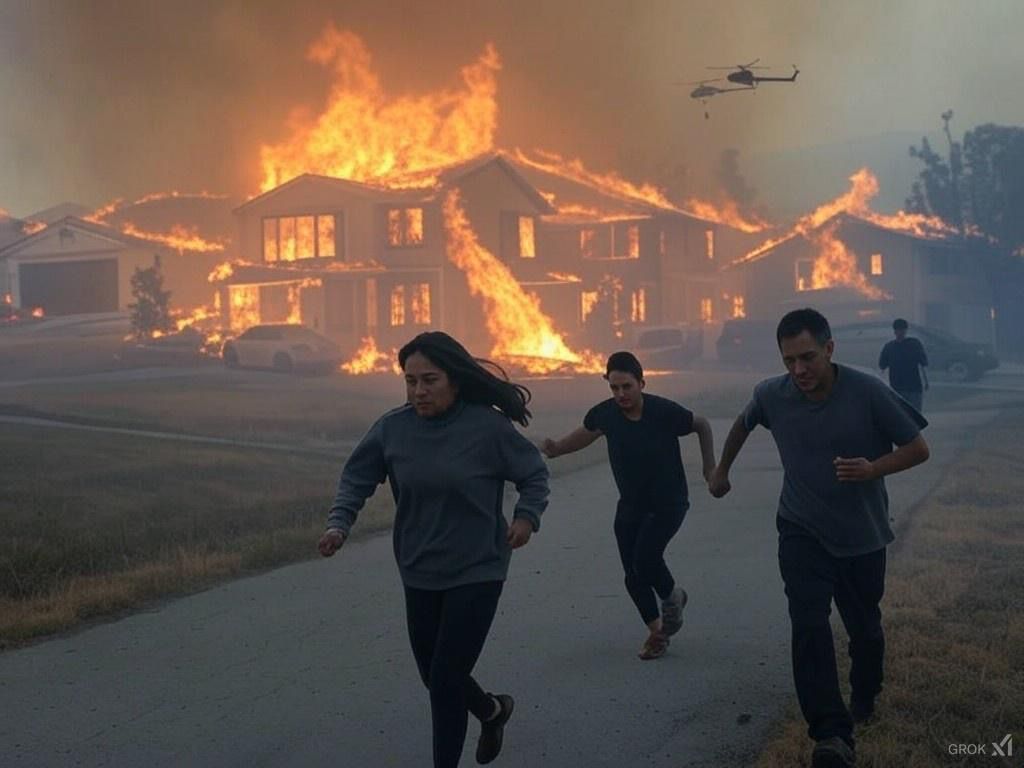The Firestorm of Neglect. How Poor Planning and Leadership of Governor Newsom Failed California.
Governor Gavin Newsom issued a letter dated January 10, 2025, in which he expressed surprise that no action was taken in response to the recent firestorms in Los Angeles County. But by whom? That is the critical question. And the answer, much like California itself, is vast and complex.
In the opening paragraph of his letter, Governor Newsom writes: “From the moment firestorms erupted in Los Angeles County on Tuesday, January 7, it was clear our infrastructure would be put under tremendous strain.”
If the Governor knew the infrastructure would face tremendous strain, why did he approve a $100 million reduction to the Fire Department’s budget in 2024? This glaring contradiction underpins a larger issue: a fundamental lack of foresight in planning and investing in the infrastructure critical to disaster response.
A Misunderstanding of Infrastructure
Governor Newsom specifically cites: “The ongoing reports of the loss of water pressure to some local hydrants during the fires…”
Here lies a clear oversight. The infrastructure that should have played a pivotal role during the fires is not just fire hydrants but the broader water supply system. As David Prasifka’s Principles of Water Supply Planning emphasize, water supply systems must be designed to account for peak demand scenarios, including emergencies like fires. This requires integrated planning that considers not just current water needs but also future growth and crisis scenarios.
The State of California and the City of Los Angeles, both of which reduced Fire Department funding in 2024 by a combined $116 million, bear some responsibility. What do you think? However, the issue runs deeper than funding cuts.
Fragmented Water Supply Systems: A Flawed Design
The Greater Los Angeles Area has grown exponentially, encompassing numerous smaller cities, each with its own independent water supply system. These systems were typically designed for a specific population size, using past data on water demand and applying projections for growth over 20 to 30 years.
However, fragmented systems are inherently inefficient. Prasifka argues that regional integration of water systems is crucial to improving efficiency, reducing costs, and ensuring reliability during peak demand. In a densely populated area like Greater Los Angeles, these fragmented systems make operations costlier for consumers and fail to address the realities of population density and urban sprawl.
To ensure reliability during emergencies, water supply planning must account for:
- Population Growth: High-density areas require larger capacity systems to handle “peak time” water demand.
- Fire Preparedness: Fires significantly increase demand, and systems must be designed to handle these spikes.
- Resilience: Infrastructure must be robust enough to withstand natural disasters and adapt to changing conditions.
If you believe climate change is real, act accordingly. If you believe it is not real, use statistics that might lead to the same point: actions over words are critical in preventing and mitigating foreseeable disasters, especially fires in drought-prone areas after eight to nine months without rain.
Without proper upgrades to accommodate these factors, the infrastructure is destined to fail.
Controlled Burns and Prevention: A Missed Opportunity
California’s history of human-ignited fires, coupled with its semi-arid climate where wildfires occur naturally, should make fire prevention a priority. Controlled burns are a proven strategy to reduce fire fuel loads, yet they remain underutilized.
The Governor’s letter demands answers to “how this happened.” Yet, the answers are clear:
- Failure to integrate water supply systems.
- A lack of investment in infrastructure upgrades.
- Insufficient fire prevention measures, such as controlled burns.
The Bigger Picture: A Crisis of Leadership
Finally, it’s worth addressing Governor Newsom’s statement about offering “the full technical capacity of the state for disaster preparation.” Unfortunately, this offer came far too late.
David Prasifka’s framework highlights that effective water supply planning requires proactive leadership, long-term forecasting, and investments in preventative measures—not reactionary responses after disasters strike.
California must learn from these failures and take decisive action to:
- Consolidate fragmented water supply systems to improve efficiency and resilience.
- Invest in infrastructure upgrades to handle peak demand during emergencies.
- Implement controlled burns and other fire prevention strategies.
A city is only as strong as its water supply system, which requires proper planning. Without it, we see outcomes like those currently plaguing the Greater Los Angeles Area.
If Governor Newsom wants an independent report, those conducting it must be free from his authority or influence—and even more so, not funded by the State of California—to avoid conflicts of interest.
Governor Newsom’s negligence has resulted in catastrophic consequences for lives, families, and the very environment he claims to prioritize. Instead of asking questions, he should be providing answers.
Luis Angel Montenegro Padilla
References:
Prasifka, David W. Principles of Water Supply Planning, 1994








